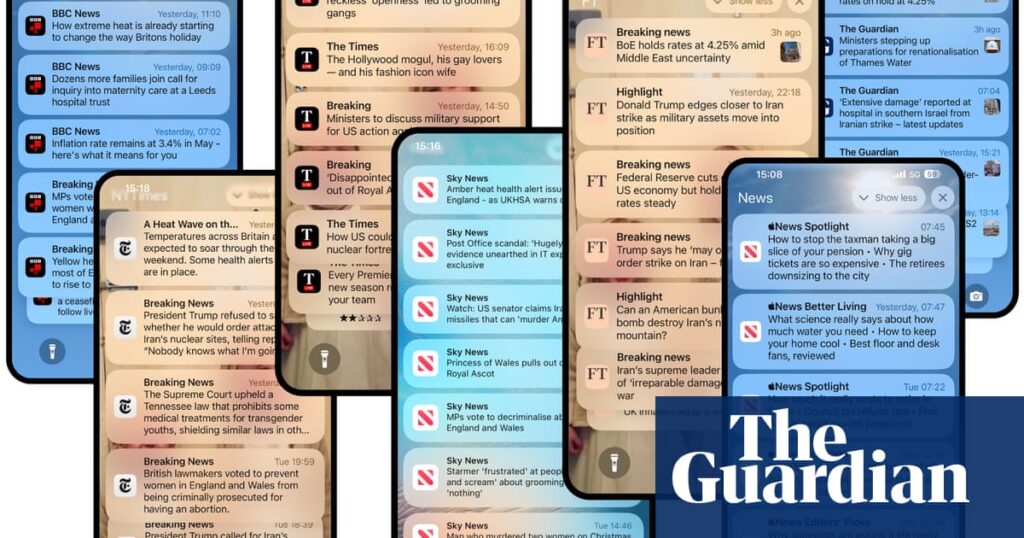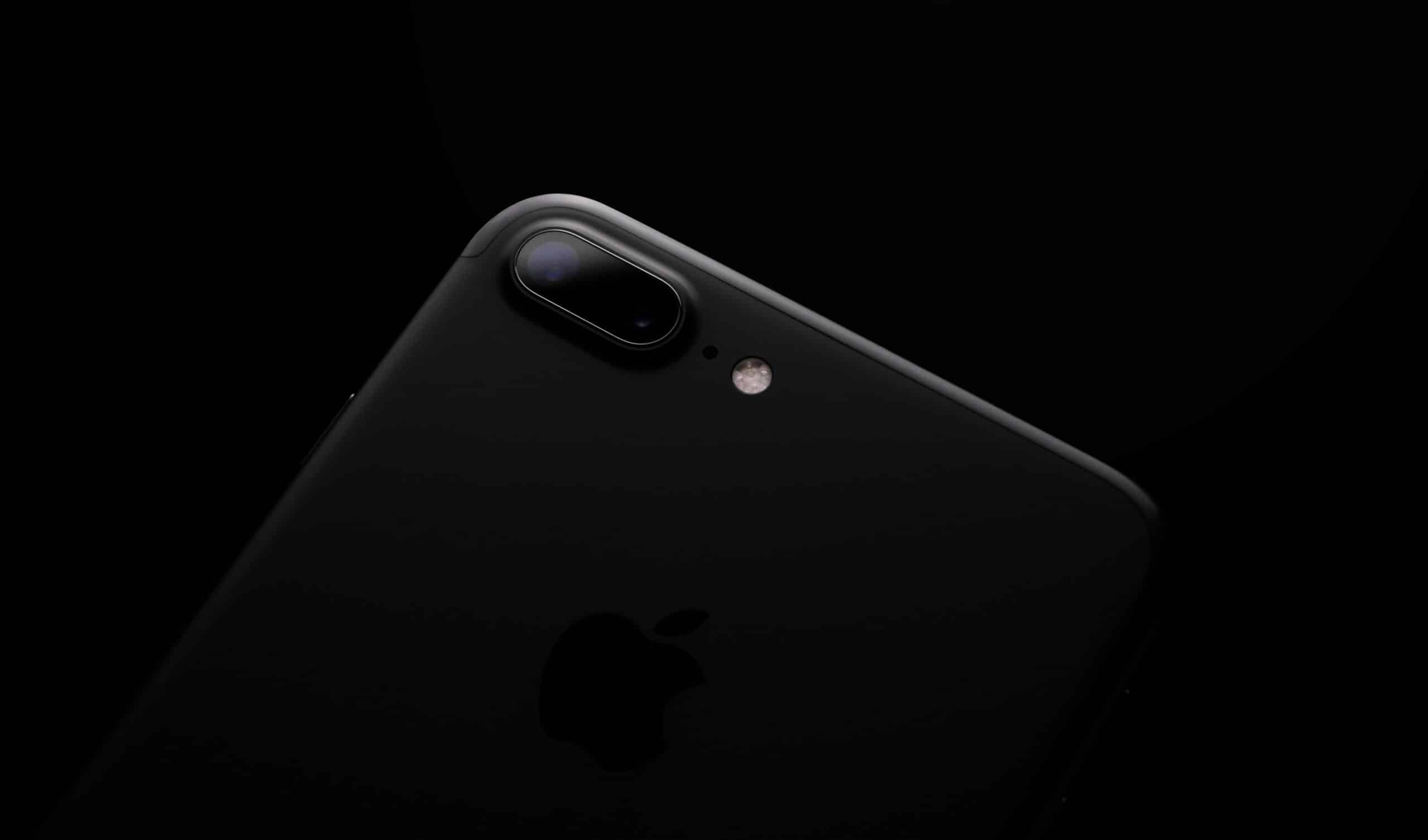
In today’s digital age, the familiar buzz of a smartphone alert has become a ubiquitous part of life, signaling breaking news deemed too significant to ignore. However, a recent study suggests that the sheer volume of these notifications is leading to a phenomenon known as “alert fatigue,” prompting many users to disable news alerts altogether.
According to the Reuters Institute for the Study of Journalism, the rise of news aggregators like Apple News and Google has resulted in some users receiving up to 50 notifications per day, often about the same story. The study, which surveyed individuals across 28 countries, found that 79% of respondents did not receive any news alerts in an average week. Notably, 43% of those who opted out had actively disabled them, citing an overload of notifications or a lack of usefulness.
The Evolution of News Alerts
The use of news alerts has surged over the past decade. In the United States, weekly use has climbed from 6% to 23% of phone users since 2014, while in the UK, it has risen from 3% to 18%. The study highlights the significant reach of alerts from major outlets, with BBC News alerts reaching nearly 4 million people in the UK each time one is sent.
News organizations are acutely aware of the fine balance they must maintain between delivering crucial updates and overwhelming users. The Times in the UK limits its alerts to four per day, while the Financial Times offers both general and personalized notifications. In contrast, outlets like CNN Indonesia and the Jerusalem Post send up to 50 alerts daily, with some news aggregator apps pushing even more.
The Impact of Alert Fatigue
The implications of alert fatigue extend beyond individual user experience, posing potential challenges for the entire industry. Nic Newman, the lead author of the report, explains, “It is a tightrope that publishers have been walking. If they send too many, people uninstall the app, which is obviously a disaster.”
“It is definitely alert fatigue. That’s partly to do with news avoidance. [Users] want to protect themselves during the day, so they are not distracted and can get on with other things.” – Nic Newman
The research underscores a broader battle for the smartphone lock screen, a coveted space where news alerts compete with notifications from social media, games, and other apps. Excessive alerts could lead major smartphone software operators like Apple and Google to impose stricter controls on notifications, a move that could reshape the landscape of digital news delivery.
Looking Ahead: Navigating the Alert Landscape
The study’s findings highlight the need for news publishers to carefully calibrate their alert strategies. As Newman notes, “The classic problem is publishers know they shouldn’t send too many individually. But collectively, there are always going to be some bad actors who are spoiling the party.”
As the digital news ecosystem continues to evolve, the challenge for publishers will be to find innovative ways to engage audiences without overwhelming them. This may involve more personalized alert systems, refined algorithms to prioritize the most relevant news, and greater transparency about how alerts are curated.
Ultimately, the future of news alerts will depend on the industry’s ability to adapt to changing user preferences and technological advancements. By striking the right balance, publishers can ensure that notifications remain a valuable tool for keeping audiences informed without contributing to the growing problem of alert fatigue.





